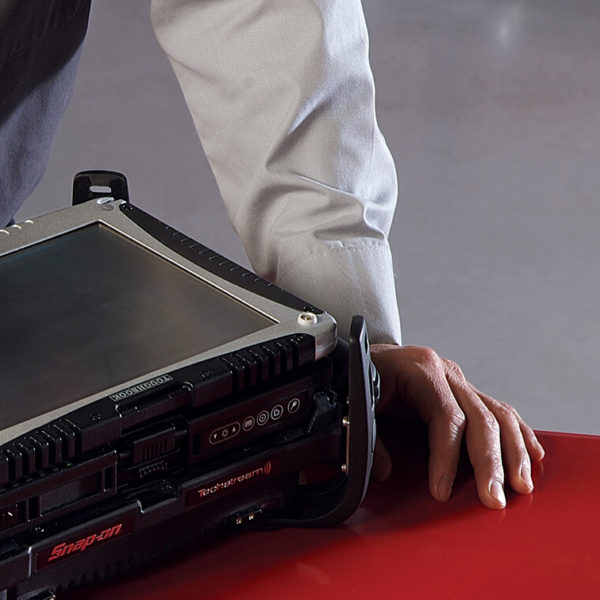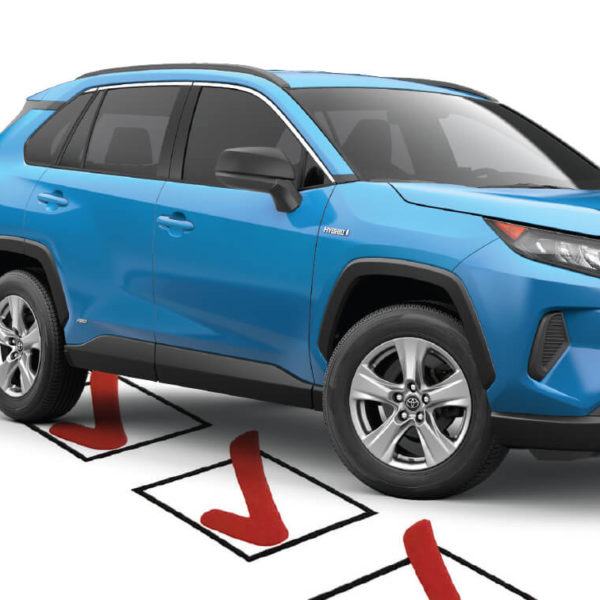
Collision Pros Magazine
2015 | ISSUE 2Restoring Sound-Deadening Material
Since factory sound-proofing material is installed by a robot during the manufacturing process, it can be challenging to replicate the original factory appearance for customers.
Calibration Can Help Save a Life
Toyota vehicles are equipped with an Occupant Classification System (OCS) that detects the weight of an occupant in the passenger front seat and disables the passenger-side front airbags if a child is seated there. Toyota has specific requirements for OCS calibration after a collision.
Strengthening Our Partnership
Toyota continues to close the gap between collision technicians and OEM training materials and technical requirements and is committee to supporting collision centers to help you deliver the best repairs for your customers.
Two Easy Steps to Enroll in Training
The CR&RT website lets you browse course selections and register for a Toyota instructor-led training course. The website includes an online calendar and registration function that makes enrollment fast and easy.
New Required Courses
Effective January 1, 2015 the certification requirements for becoming a Toyota Certified Collision Repair Technician and Toyota Master Collision Repair technician have added requirements.
Help Prime Your Success!
New online Collision Repair & Refinish Training courses touch on subjects from painting to structural repair techniques. Each online course is a prerequisite for a related instructor-led course.



